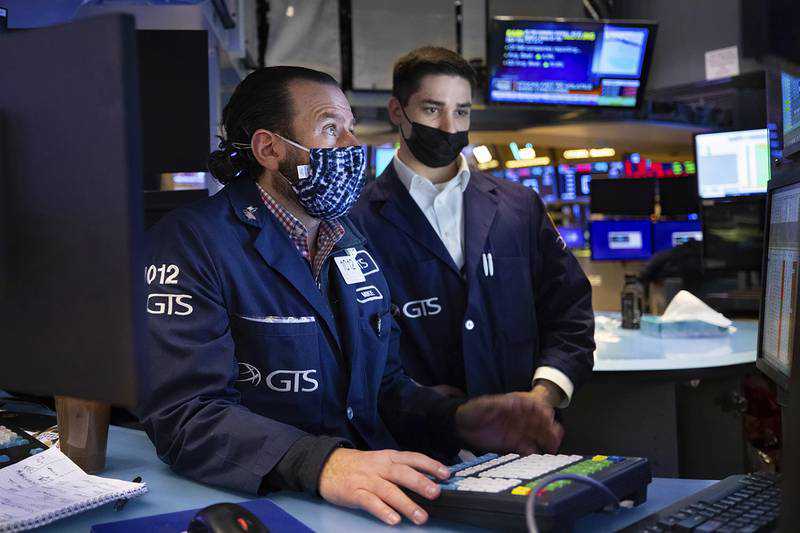Looming Fed rate increase and inflation will drive correction in US equities
02 February, 2022

Financial markets closed out January in wild fashion.
After back-to-back weekly lower closings in US equity markets in the first three weeks of 2022, the major indexes were able to recover and post their first weekly gain last week, although after volatile and tempestuous trading conditions.
The S&P 500 eked out a small 0.7 per cent gain to close out the week after January 24 registered a record one-day swing. The mega-cap Dow Jones Industrial Average managed a stronger 1.25 per cent return on the week but had similar swings, hitting as low as 33,145 before consolidating above 34,500 at the time of writing. A lot of the weakness and market turbulence experienced in January is a result of hawkish Federal Reserve policy and inflationary threats. While the Fed has made its intentions known, it is unclear if the markets have found their bottom and the volatility evident throughout January is set to persist in February.
At present, market players are split between two camps – some view the recent deceleration as a buying opportunity while others fear a broader market meltdown.
While the major indexes are not technically in correction territory (the sell-off must be larger than 10 per cent), it will come down to a tussle between the bulls and bears.
The outcome of the January 26 Fed meeting was largely what markets expected – the regulator will end its bond-buying programme in early March and begin the rate increase cycle in mid-March, with up to four increases on the table this year.
Immediately after the announcement, Treasuries surged higher and triggered a sell-off in stocks before eventually recovering.
Typically in a rate increase cycle, debt becomes more expensive and higher priced stocks are hit harder as a result.
With a looming interest rate rise coupled with hotter-than-expected inflation, I believe we have another 5 per cent to 7 per cent on the downside in US equity markets — particularly in the Nasdaq, which is home to Big Tech stocks including Apple, Google-owner Alphabet, Amazon, Microsoft and Tesla.
I would not be surprised if we have another strong test of those weekly lows from last week of 13,700.
Currency markets have reverted to their dollar bias as major currencies weakened against the greenback. After hitting highs of 1.1476 in mid-January, EUR/USD is consolidating 2.4 per cent lower from these highs. The British pound is 0.5 per cent lower on the month.
As is the case equity markets, the risk-off mood is set to extend in currency markets as well, with EUR/USD looking good to test the 1.10 handle in the first weeks of February. Downsides in GBP/USD will be limited to 1.32 in the weeks to come.
With the recent volatility in Treasury yields and the dollar, gold also came under pressure in January. At the time of writing, the Dubai Gold and Commodities Exchange’s gold futures contract was down more than 2 per cent on the month.
Expect buying support to kick in the channel between 1,680 and 1,700, with upsides capped at 1,850 levels.
Looking at the calendar ahead, the Bank of England will announce rates on February 3 at 4pm and they are expected to come in at half a per cent. The European Central Bank follows at 4.45pm. The week is capped off with February 4’s non-farm payrolls figure in the US, which is expected to show 155,000 new jobs were added in January.
February 10 is when US inflationary data is released. The data is expected to show that core prices (excluding energy) grew 5.9 per cent annually in January. A beat on this print will rile investor sentiment, which could lead to weakness in equities.
Source: www.thenationalnews.com
